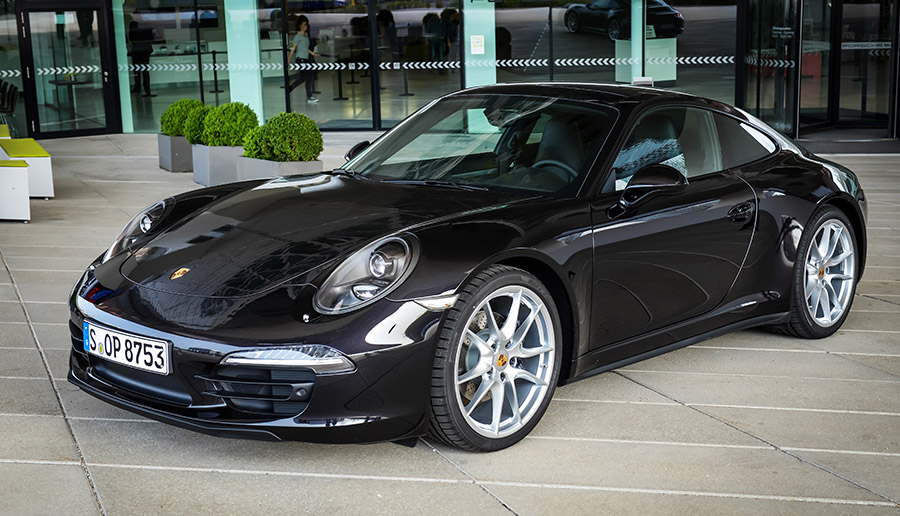
Despite the wider stance compared to the 911 Carrera 4, the 2001 Porsche 911 Turbo meets the air with an impressive 0.31 coefficient of drag (Cd), compared to 0.30 for the 911 Carrera 4. The rear underbody cover guides airflow to the back of the car without impeding heat dissipation or access to the powertrain. In front and rear, small, flexible spoiler lips at the front of the wheel arches also help reduce drag and lift. Ī smooth underbody design and various underbody panels guide airflow under the car to reduce drag and lift. At the car's top track speed of 189 mph (308 km/h), the wing adds 20 pounds (9 kg.) of downforc e. The wing retracts when car speed drops below 50 mph (80 km/h). The resemblance ends when the upper part automatically raises at speeds above 75 mph (120 km/h) to prevent lift force on the rear axle. The new two-piece rear wing resembles the "ducktail" spoiler first seen on Porsche Carrera models of the early 1970s. Since the 2001 911 Turbo houses its intercoolers behind the rear wheels, Porsche aerodynamicists designed a more subtle spoiler. Used first as an aerodynamic aid and to vent the engine compartment, the wing later grew to help house the engine intercooler. Porsche has replaced a fixture of 911 Turbo design since the first model - the "whale tail" spoiler.

A different taillight design from the 911 Carrera 4 further distinguishes the 2001 Porsche 911 Turbo. Louvers in the lower rear fascia vent air from the engine compartment. Compared to the Carrera 4, the Porsche 911 Turbo rear track is wider by 1.57 inches (40 mm). The widened rear quarter panels also place the intercooler intakes into the air stream. The Turbo-trademark red-painted alloy brake calipers are plainly visible through the wheel spokes. Two intakes in the spoiler supply cooling air to the brakes through ducts.Īt the rear, Porsche widened the 911 Turbo by 2.6 inches (65 mm) to accommodate the 18-inch alloy wheels and massive 295/30 ZR18 tires. The front spoiler reduces airflow under the car, helping to reduce axle lift force. Underside guide plates in the middle and on the sides prevent the warm air exiting the radiators from causing axle lift. Together, the three radiators provide 50 percent more cooling surface than in the 911 Carrera 4. Three large intake grills dominate the lower front fascia and provide cooling air to the car's three radiators. In front, the Porsche 911 Turbo features unique bi-xenon headlight clusters that use xenon high-intensity discharge headlights for both the low and high beams. The 2001 911 Turbo continues that tradition and stands apart from the 911 Carrera models with all-new front and rear styling and a wider stance.

That the function-driven design has created the most recognizable supercar shape in the world is just a coincidence. From that purpose-driven design evolved a distinctive "Turbo look," highlighted by widely flared fenders, a widened rear stance, and a distinctive rear spoiler. Nothing has ever been added that didn't serve a purpose, and nothing has ever been tacked on for the sake of appearance. From the first Porsche 911 Turbo, this top model has always stood apart from other Porsche 911 models by virtue of functional design differences.


 0 kommentar(er)
0 kommentar(er)
